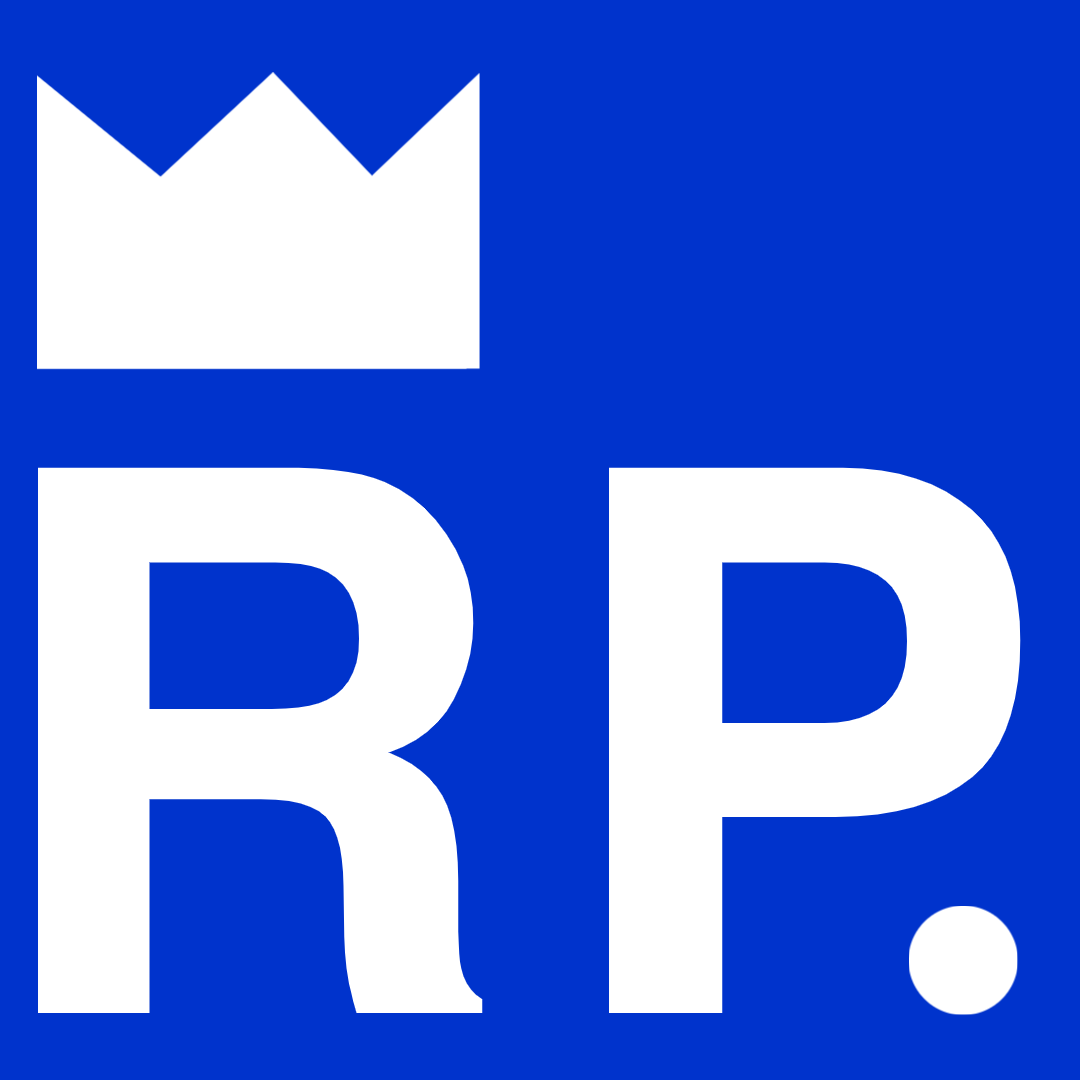Admin creates new WIN program to replace TASC
Sep 17, 2019
New daily schedules, cell phone policies, and lunch room are just a few of the changes worried students will have to embrace during the 2019-2020 school year.
The transition from TASC (Teacher and Student Collaboration) to WIN (What I Need), especially, has been a source of discussion within the halls of HHS.
Mr. Doug Bullinger, Principle, and Ms. Kelly Tennison, Associate Principal, were the lead decision-makers regarding the switch. This is the first large scale schedule alteration since the elimination of advisory in the middle of the 2018-2019 school year.
Last year, Student Council sent a Google Form to students, allowing them to decide what changes to TASC they would like to see.
“We had two hundred plus students who responded to the TASC survey,” Ms. Tennison said. “After all the surveys and discussion there was no conclusion that seemed like the obvious choice.”
Over the summer, Mr. Bullinger, Ms. Tennison and a number of other staff went to a conference called MTSS [Multi-tiered Systems of Support]. There, they discussed extending and altering TASC.
“Based on the conversations we decided to increase it by one day. For two reasons, one to make sure we are giving enough time. Two, so we can help struggling students and provide enrichment for kids,” Ms. Tennson said. “If we do it three days a week we can come up with a great schedule that will allow for teacher collaboration time.”
Last year, 312 individual students failed one or multiple classes, and HHS administrators decided a more robust system to help struggling students was needed.
The answer seemed to be to increase TASC to Tuesday, Wednesday and Thursday and change the name to WIN. Students will either sign themselves up for classroom sessions, or be placed into one by their teachers depending on if they’re struggling on a specific topic. WIN will take place at the beginning of the day from 7:50 to 8:30 a.m. instead of after first block.
Having WIN sessions before first block has raised one question in particular: Can students just opt to sleep in, and show up for first block at 8:30 a.m.?
Sylvia Greenwood, junior, believes allowing this could be beneficial.
“For me, I’m sure the school doesn’t want that, but I feel like it could be a good system,” Greenwood said. “A lot of people never did anything in TASC, so they might run into the same issue.”
Fergus McConnell, sophomore, shares Greenwood’s view.
“Allowing students to come to school later during WIN is a great idea. The school day already starts so early allowing people to sleep in will help them in their learning as well as their mental health,” McConnell said.
Ms. Tennison has heard this question several times.
“My official response is no. Be here on time like every other day because it’s apart of our academic time,” Ms. Tennison said. “Ultimately I don’t have control, I’m not going to go to your house and drag you out of bed. But what we’re going to be doing is going to provide you with academic, social, emotional and cognitive benefits.
Teachers will take attendance, allowing them to see who is going to WIN sessions and who is skipping. Because every student needs to sign up to be in class during WIN, it will be easier than accounting for who skipped TASC and left during the 40 minutes.
Aside from one email sent out by Mr. Bullinger before school started, there has been minimal information distributed to students.
“WIN has a lot of potential, but they need to execute it well and I’m kind of nervous because there is no communication,” Greenwood said.
After being at the junior high and enduring three years of a similar WIN schedule, McConnell isn’t looking forward to the new change.
“Everyone I’ve talked to is dreading WIN, after going through the junior high and being treated similarly as seventh graders, we expected more freedoms,” McConnell said. “One of the freedoms we heard was not having a scheduled WIN session. After enduring WIN at the junior high, we came to the highschool to find out they restricted our freedoms again and brought back WIN.”
Although students are skeptical of the new system, it will allow for increased teacher collaboration.
Each teacher will run two WIN teaching periods a week. Their day off will correspond with the lunch they have that semester. For example, a teacher with first lunch would have the first day of WIN, Tuesday, off. A teacher with second lunch would have Wednesday, the second day WIN is offered, off.
In the coming weeks, HHS students and teachers will experience the new schedule change and develop their opinions on the matter. But right now, students should go in with an open mind.
“High school goes by so fast and before you know it you’re going to be off to the next thing,” Ms. Tennison said. “Getting the social, emotional, skills and support that you can while you’re here, while it’s free, will be beneficial later on in life.”
